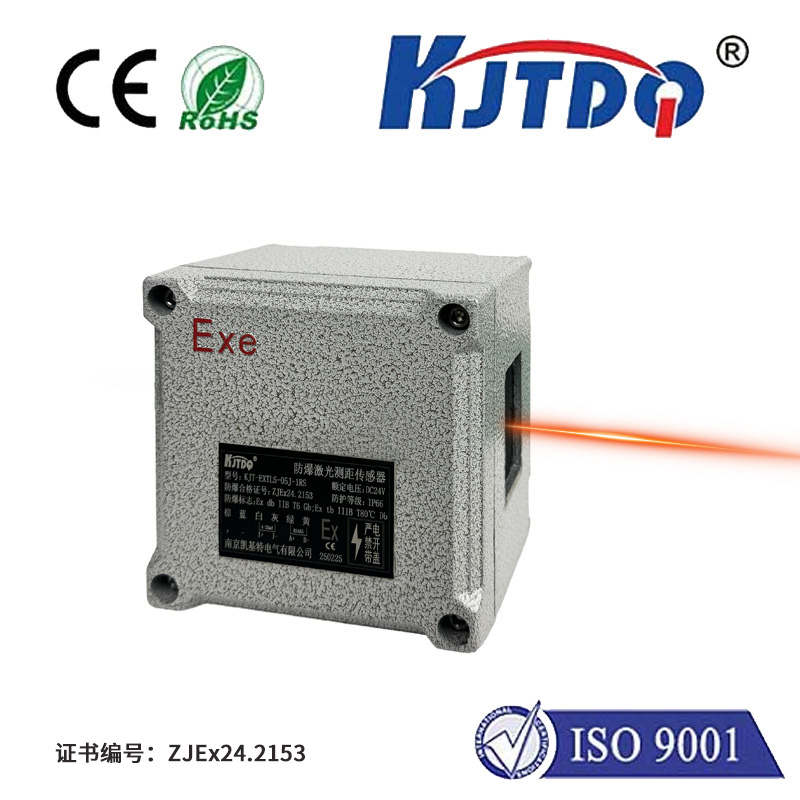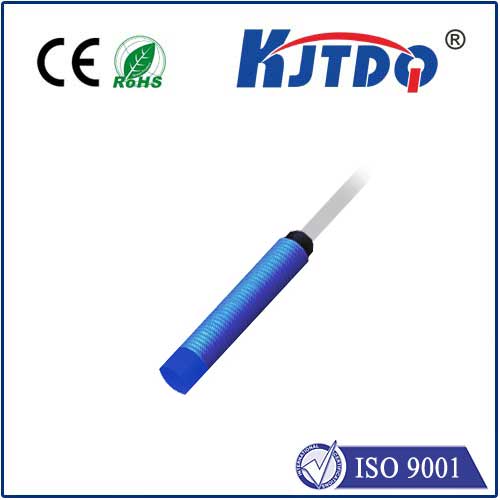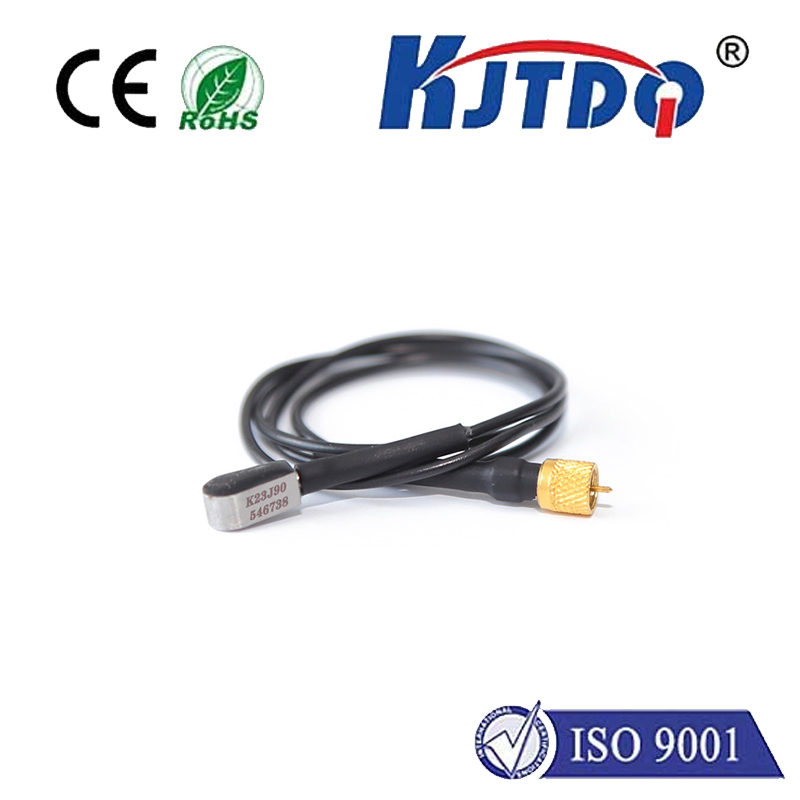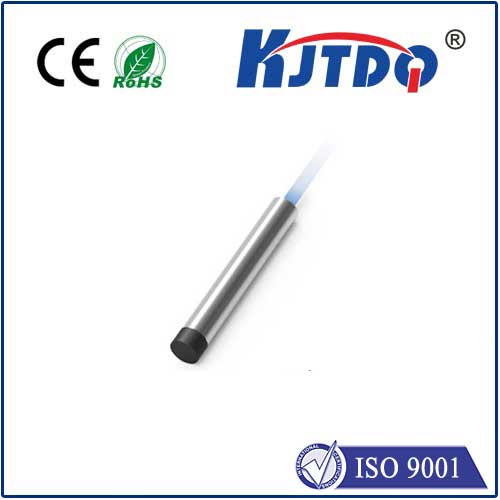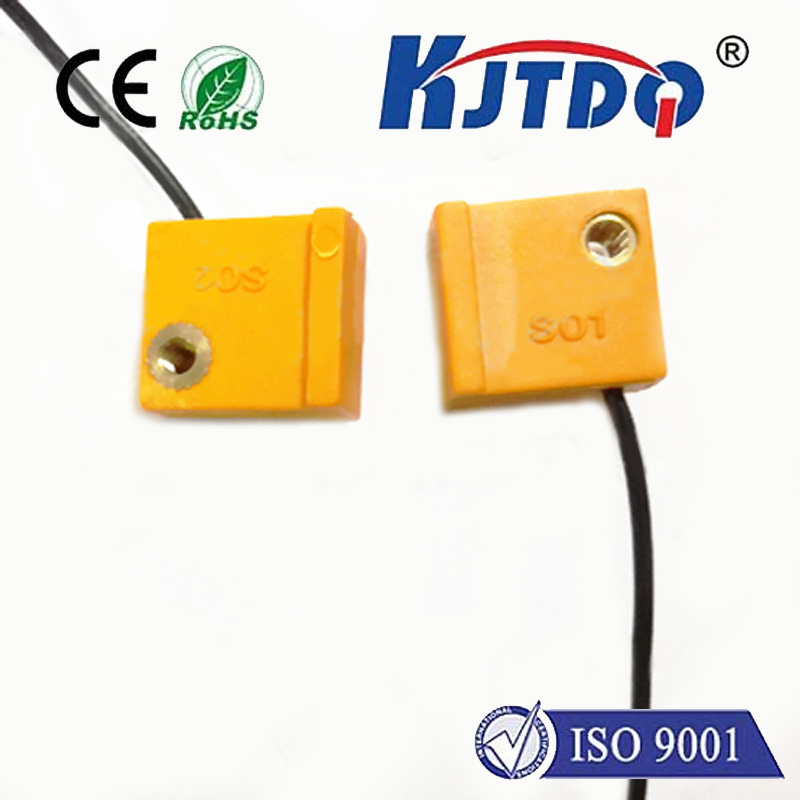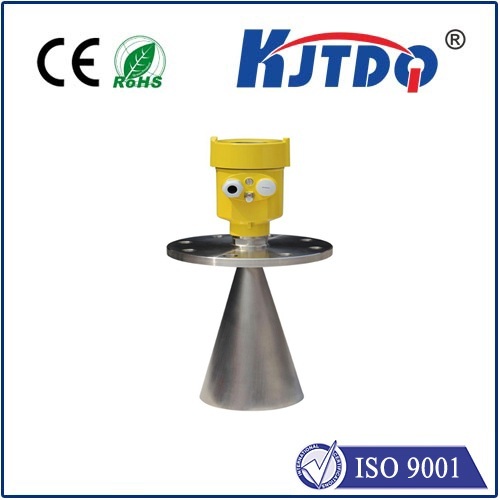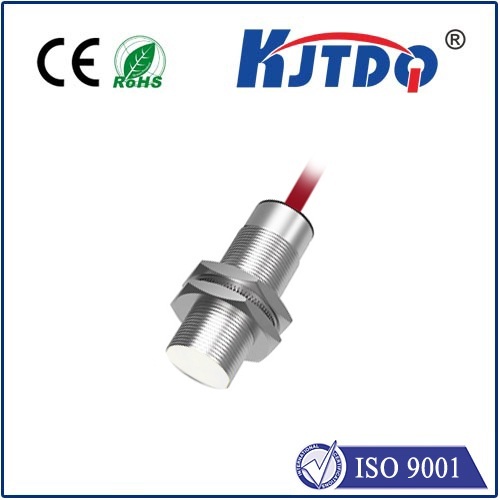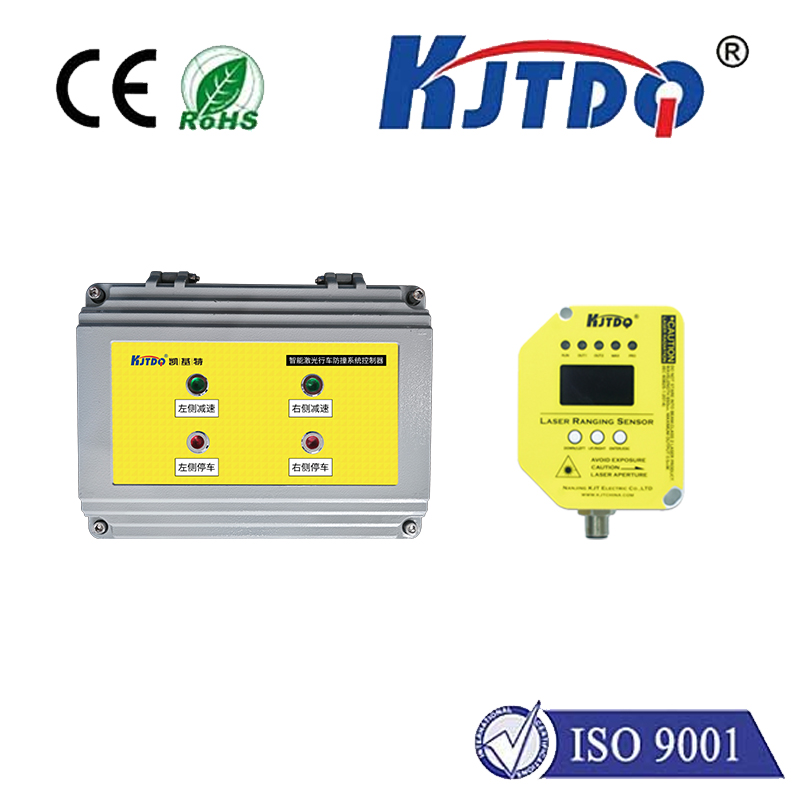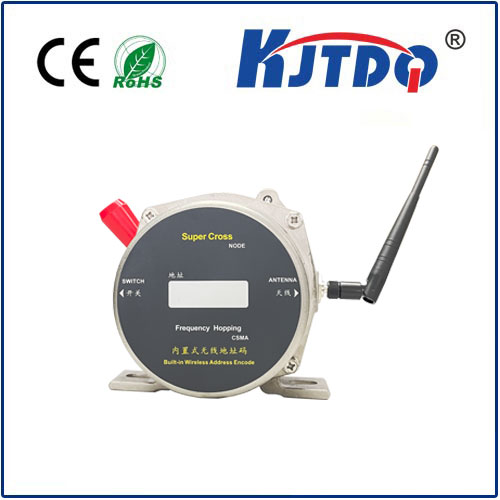
check

check

check

check
levator Final Limit Switch: The Ultimate Safety Measure
The elevator, a convenience that has become an integral part of modern architecture, offers unparalleled ease in traversing high-rise buildings. However, the essence of its functionality is anchored in stringent safety measures. One such critical safety component is the elevator final limit switch, a mechanism designed to prevent the elevator from traveling beyond its intended range.
This switch, positioned at the endpoints of the elevator's journey within the hoistway, acts as the final barrier safeguarding against mechanical failures or control system malfunctions. When the elevator reaches its highest or lowest limit, this switch engages, halting further movement, ensuring that the car does not crash into the hoistway roof or basement pit. It essentially serves as the 'last word' in elevator motion control, thus protecting both the passengers and the equipment.

Installation requirements for the final limit switch must be strictly adhered to. As outlined by entities like Shanghai Letian Elevator Parts Co., Ltd., understanding and following the installation manual is crucial. Before handling or using the safety gear, one should thoroughly read and comprehend the instructions provided. In instances where the documentation does not elucidate clearly, seeking clarification from manufacturers is imperative to avoid potential risks and subsequent damages.
Maintenance and care are other aspects that cannot be overlooked. Like any safety-critical component, the final limit switch requires regular inspections to ensure its functionality remains optimal. Routine checks can help identify wear and tear or any potential points of failure, enabling timely interventions before an issue escalates.
Conditions leading to scrapping or replacing the final limit switch should also be well understood. If the switch exhibits signs of damage beyond repair or if it fails to perform as intended despite maintenance, replacement becomes necessary. Fallbacks in this component can lead to catastrophic failures with severe consequences.
In case of any abnormalities, specific troubleshooting steps are vital. These include verifying the electrical connections, checking for any obstructions that might falsely trigger the switch, and examining the switch alignment to ensure it activates precisely when the elevator car reaches its extreme limits.
Documentation of use and maintenance forms an essential aspect of managing elevator safety. Keeping thorough records not only aids in tracking the lifecycle of the switch but also serves as a valuable resource during audits or inspections, ensuring compliance with safety regulations and standards.
In conclusion, while the operation of elevators appears seamless, the security measures underpinning their functionality demand scrupulous attention. The elevator final limit switch stands as an exemplar of steadfast vigilance, a guardian that silently ensures our safety as we traverse skyward. By adhering to best practices in installation, upkeep, and timely replacements, we can continue to rely on this mechanism, affirming the principle that safety is no accident but a deliberate choice bolstered by robust components like the final limit switch
